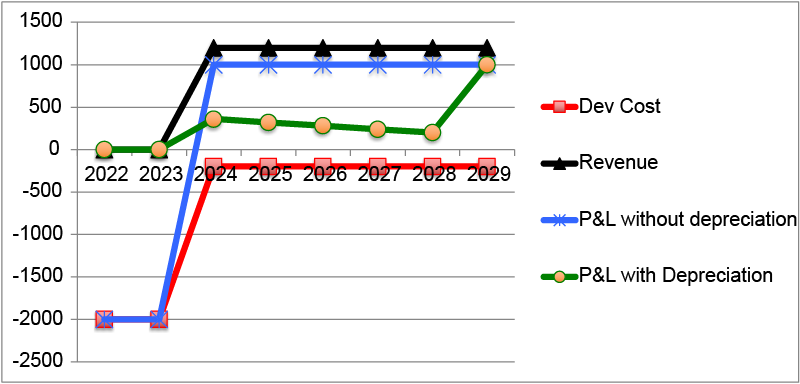-

Deliver Incremental Value in Rhythmic Timeboxes
Establish a steady rhythm of value delivery and improvement by working in fixed time increments, called timeboxes. Deliver at least one increment of customer value per timebox.
-

Business Agility: Why & How
Business agility helps organizations adapt rapidly to unexpected changes. Agile businesses have survived market, supply chain, and regulatory changes, while rigid businesses have gone bankrupt. If you want to know why your business should be agile, and how to get there, you’ve come to the right place.
-

Align to a Driving Purpose
People are working. Their efforts should produce something important. But… Unfocused activities produce poor results
-

Leading Indicators to Assess Agile Portfolio Health
In this podcast, Dr. Dan Greening is back to follow up in the earlier podcast interview about Agile Base Patterns. This time, Dan and Dave Prior discuss leading indicators you can study to assess Agile Portfolio Health. During the podcast, they dig in to metrics that can be used to assess Lead Time, Abandoned Work and Fitness Functions. Podcast…
-

Agile Capitalization Workshop
The two-day Agile Capitalization Workshop includes a one-day seminar followed by a one-day company-specific workshop. The seminar covers GAAP or IFRS principles (depending on country), capitalization benefits, applicable regulations, and real-world examples of capitalizing software developed using agile practices. Learn from the people that pioneered defensible agile capitalization practices in a $10B publicly traded company.
-

Uniform Point Estimates: Violation?
I recently observed that most of a client’s backlog items had 5-point estimates. A colleague tweeted it, and an 180+ Twitter storm followed. This article explains the phenomenon, and why no one should call the police. Introduction To manage capacity, forecast delivery dates and motivate architectural thinking, we often ask development teams to estimate proposed…
-

Agile Capitalization Video: Greening and Rudd
Dan Greening recently got together with John Rudd, Managing Director of SolutionsIQ, to discuss Agile capitalization methods. Watch this 15-minute breakdown of Dan’s experience doing Enterprise roll-outs of Agile and in dealing with portfolio management of Agile. Here’s a link to the Agile Capitalization article Dan wrote for InfoQ. Why Should Agilists Care About Capitalization?
-
The First of Five Challenges to Large Organizations that Force Agility
Daniel R Greening, PhD. Managing Director, Senex Rex As a company grows, agility can erode over time. And so, when we’re in startups, we can generate features really fast when a customer demands something, we have a turn-around time of less than a week often, and we can deliver something of value. When a company…
-

Poverty Thinking and Corporate Transformation
Summary: Success arises when we transform significantly, not just do marginally better. We must give ourselves and our teams mandates, time and incentives to ponder and execute such transformations. Last month, MIT professor and economist Esther Duflo won the prestigious John Bates Clark award, for the person under 40 who contributed most to economics. There…
-

Agility Context: We have a goal requiring creative effort. We want to succeed. Overplanning increases risk … When embarking on a creative project, success seems certain. We plan optimistically, and then almost immediately after we start, delays and challenges emerge. The plan and likely outcome keep diverging. We become more realistic. We double down on…
Agility
This is the set of posts in the Agility pattern category. See Agility Language for an organized summary of these patterns.
